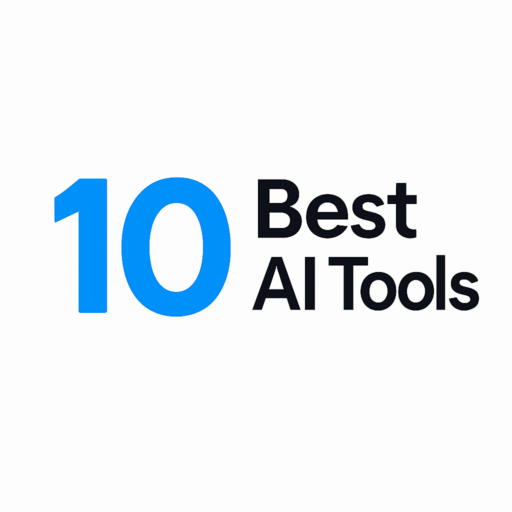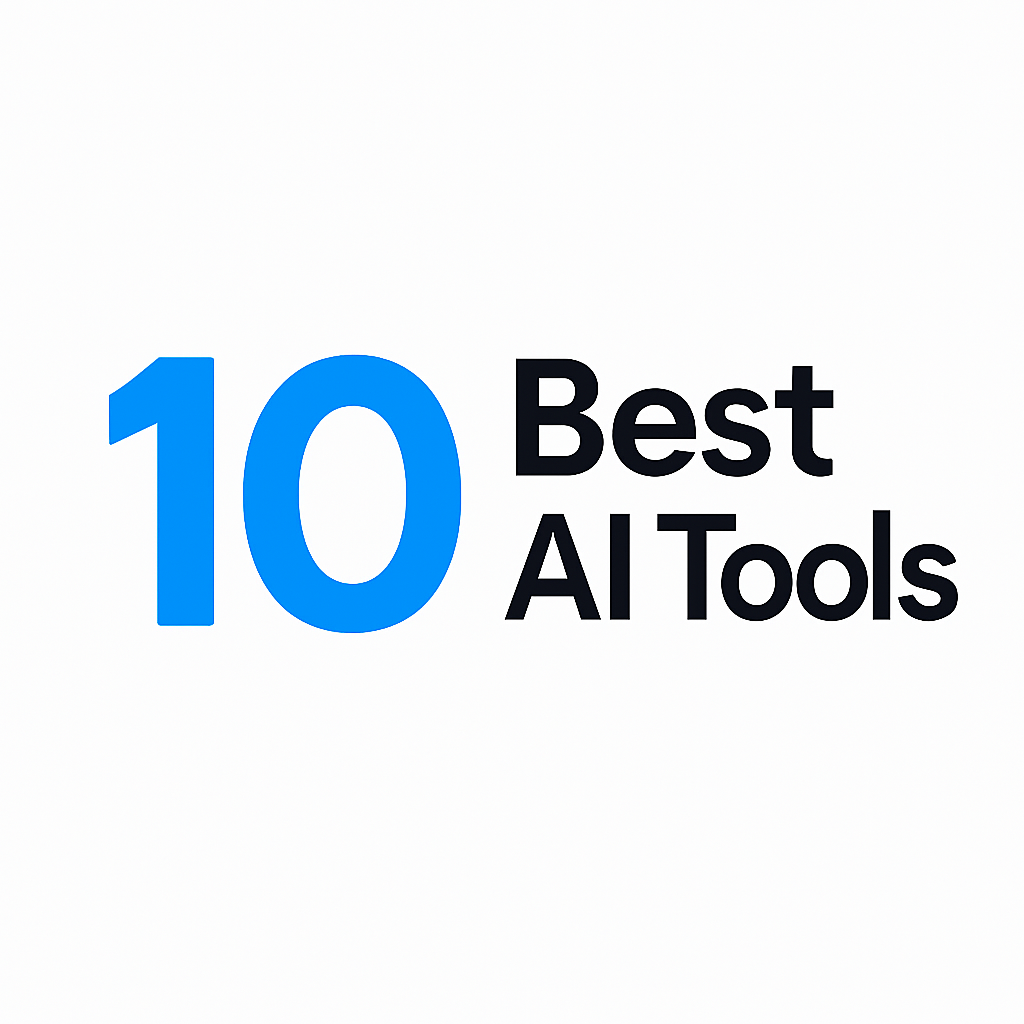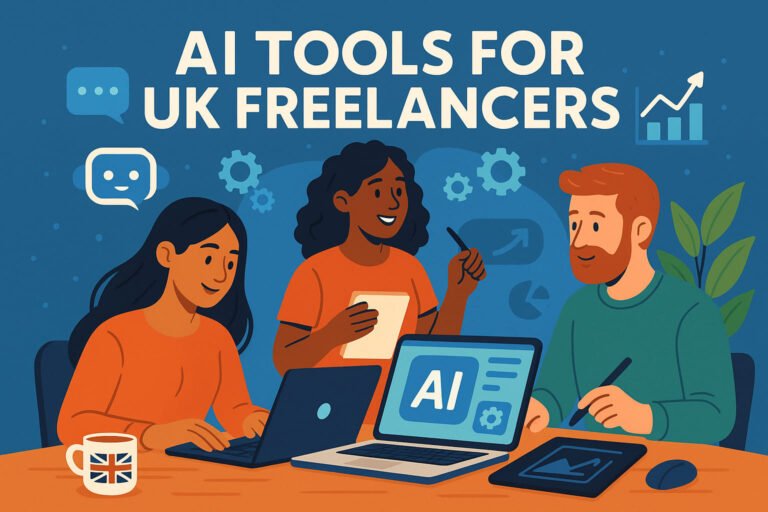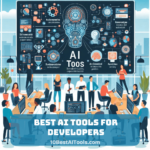AI won’t replace your care—it’ll elevate it. Let AI handle the grind, so you can focus on healing.
Healthcare professionals are constantly juggling patient care, diagnostics, and administrative tasks—often with limited time and resources. What if AI could ease that burden? From diagnosing diseases faster to automating paperwork, AI tools are transforming healthcare workflows. But with so many options, how do you choose the right one?
In this guide, we’ll break down the 10 best AI tools for healthcare professionals, comparing their accuracy, features, pricing, and alternatives. Whether you’re a doctor, nurse, or hospital administrator, you’ll find the perfect AI assistant to streamline your work.
Comparison Table: AI Tools for Healthcare Professionals
| Tool | Best For | Key Features | Pricing | Alternatives |
|---|---|---|---|---|
| IBM Watson Health | Diagnostics, Oncology | AI-powered diagnostics, clinical decision support | Custom pricing | Google DeepMind, Tempus |
| Nuance Dragon Medical One | Medical Dictation | Voice-to-text, EHR integration | $1,500/year | M*Modal, Suki AI |
| Zebra Medical Vision | Radiology AI | Automated imaging analysis | Pay-per-scan model | Aidoc, Qure.ai |
| Suki AI | Clinical Documentation | Voice assistant, EHR updates | $399/month | Nuance, Augmedix |
| Buoy Health | Symptom Checking | AI chatbot for triage | Free for patients, enterprise pricing | Ada Health, Infermedica |
| Augmedix | Real-time Medical Scribing | AI-powered note-taking | $2,000+/month | Suki, Notable |
| Tempus | Precision Medicine | Genomic data analysis | Custom pricing | IBM Watson, SOPHiA GENETICS |
| Ada Health | AI-Powered Triage | Symptom assessment, patient engagement | Free basic, enterprise plans | Buoy Health, Infermedica |
| Aidoc | Radiology Workflow | AI detects abnormalities in scans | Per-study pricing | Zebra Medical, Qure.ai |
| Notable | Administrative Automation | AI scheduling, billing, and documentation | Contact for pricing | Augmedix, Suki AI |
Detailed Breakdown of the 10 Best AI Tools for Healthcare
1. IBM Watson Health
Best for: AI-powered diagnostics & oncology support
Pros:
✔️ Leverages vast medical databases for accurate cancer detection (e.g., 96% accuracy in breast cancer diagnosis).
✔️ Integrates with EHRs like Epic and Cerner for seamless workflows.
✔️ Provides evidence-based treatment recommendations.
Cons:
❌ High cost (custom enterprise pricing) makes it inaccessible for small clinics.
❌ Requires significant training to use effectively.
Pricing: Custom quotes (typically $10,000+/year).
Alternatives: Google DeepMind, Tempus.
Use Case: An oncologist uses Watson to cross-reference a patient’s genetic data with global cancer research, speeding up personalized treatment plans.
2. Nuance Dragon Medical One
Best for: Voice-to-text medical dictation
Pros:
✔️ 99% speech recognition accuracy for hands-free documentation.
✔️ Integrates directly with EHR systems (Epic, Cerner, Allscripts).
✔️ Reduces charting time by 50% for physicians.
Cons:
❌ Steep learning curve for voice command customization.
❌ Expensive for solo practitioners (~1,500/year).
Pricing: Starts at 1,500/year .
Alternatives: M*Modal, Suki AI.
Use Case: A surgeon dictates post-op notes while scrubbing out, eliminating late-night typing marathons.
3. Zebra Medical Vision
Best for: Radiology imaging analysis (CT, X-ray, MRI)
Pros:
✔️ Flags critical abnormalities (e.g., lung nodules, brain bleeds) in seconds.
✔️ Pay-per-scan model (1–1–5 per scan) avoids upfront costs.
✔️ FDA-cleared for multiple conditions.
Cons:
❌ No EHR integration—requires manual data entry.
❌ Limited to imaging (doesn’t handle lab data or notes).
Pricing: Starts at $1 per scan.
Alternatives: Aidoc, Qure.ai.
Use Case: A rural clinic uses Zebra to prioritize urgent chest X-rays during flu season, reducing wait times for pneumonia diagnoses.
4. Suki AI
Best for: Clinical documentation & EHR updates
Pros:
✔️ Voice assistant updates EHRs in real time (e.g., “Add 500mg amoxicillin twice daily”).
✔️ Reduces charting time by 70% for primary care providers.
✔️ Affordable for small practices (399/month).
∗∗Cons:∗∗
❌Struggles with heavy accents or background noise.
❌Limited customization for specialty workflows.
Pricing: Startsat399/month.
Alternatives: Nuance Dragon, Augmedix.
Use Case: A pediatrician uses Suki to document well-child visits while engaging toddlers with stickers, avoiding after-hours paperwork.
5. Buoy Health
Best for: Patient triage & symptom checking
Pros:
✔️ AI chatbot guides patients to the right care level (urgent vs. primary care).
✔️ Integrates with telehealth platforms like Zoom for Healthcare.
✔️ Free for patients (reduces clinic call volume).
Cons:
❌ Oversimplifies complex cases (e.g., rare diseases).
❌ Limited multilingual support.
Pricing: Free for patients; enterprise plans start at $5,000/year.
Alternatives: Ada Health, Infermedica.
Use Case: A triage nurse uses Buoy to filter non-urgent COVID-19 inquiries during a surge, focusing in-person care on high-risk patients.
6. Augmedix
Best for: Real-time medical scribing
Pros:
✔️ AI + human scribes generate SOAP notes during patient visits.
✔️ Integrates with EHRs like AthenaHealth and Epic.
✔️ Reduces physician burnout by automating notes.
Cons:
❌ High cost (2,000+/month) for 24/7 support.
❌Requires stable internet (lag disrupts workflows).
Pricing: Starts at2,000+/month for24/7support.
Alternatives: Suki AI, Notable.
Use Case: A family physician uses Augmedix to focus on patient conversations instead of typing, cutting charting time from 2 hours to 20 minutes daily.
7. Tempus
Best for: Precision medicine & genomics
Pros:
✔️ Analyzes genomic data to recommend targeted therapies (e.g., for cancer).
✔️ Matches patients to clinical trials based on biomarkers.
✔️ HIPAA-compliant data storage.
Cons:
❌ Exorbitant pricing (custom quotes often exceed $20,000/year).
❌ Complex reports require geneticist interpretation.
Pricing: Custom (enterprise-level).
Alternatives: IBM Watson, SOPHiA GENETICS.
Use Case: A research hospital uses Tempus to identify a rare gene mutation in a leukemia patient, enabling a successful experimental treatment.
8. Ada Health
Best for: AI-powered symptom assessment
Pros:
✔️ Patient-friendly interface with 90% diagnostic accuracy for common conditions.
✔️ Multilingual support (30+ languages).
✔️ Free basic version for patients.
Cons:
❌ Not for emergencies (e.g., chest pain, strokes).
❌ Limited integration with non-Epic EHRs.
Pricing: Free basic version; enterprise plans start at $8,000/year.
Alternatives: Buoy Health, Infermedica.
Use Case: A telemedicine provider uses Ada to pre-screen 100+ daily patients, reducing no-shows by 30% through accurate triage.
9. Aidoc
Best for: Radiology workflow optimization
Pros:
✔️ Flags urgent cases (e.g., pulmonary embolisms, strokes) in imaging studies.
✔️ Prioritizes critical scans for radiologists’ review queues.
✔️ FDA-cleared for 15+ conditions.
Cons:
❌ No EHR integration—requires manual case tracking.
❌ Expensive for low-volume practices (~3–3–10 per scan).
Pricing: Per-study model (varies by volume).
Alternatives: Zebra Medical, Qure.ai.
Use Case: An ER radiologist uses Aidoc to detect a subtle brain bleed in a trauma patient, accelerating life-saving surgery.
10. Notable
Best for: Automating administrative tasks
Pros:
✔️ AI handles scheduling, billing, and prior auths with 95% accuracy.
✔️ Integrates with Epic, Cerner, and Meditech.
✔️ Reduces front-desk workload by 50%.
Cons:
❌ Time-consuming setup (requires EHR API access).
❌ Limited support for niche specialties (e.g., orthopedics).
Pricing: Custom quotes (starts around $1,500/month).
Alternatives: Augmedix, Suki AI.
Use Case: A clinic manager uses Notable to auto-fill insurance forms and reschedule no-shows, saving 15 staff hours weekly.
How to Choose Right AI Tools for Healthcare Professionals
Not every AI tool fits every need. Ask yourself:
- What’s your biggest pain point? (Diagnostics? Admin? Documentation?)
- Does it integrate with your EHR? (Epic, Cerner, etc.)
- What’s your budget? (Some tools are free; others cost thousands.)
- How accurate is it? (Check FDA clearance and peer reviews.)
Example: If you’re drowning in paperwork, Suki AI or Nuance will help. If you need faster radiology reads, Aidoc or Zebra is better.
Pro Tips for Maximizing AI Tools for Healthcare Professionals
✅ Train your team—AI works best when staff knows how to use it.
✅ Start small—pilot one tool before overhauling workflows.
✅ Monitor accuracy—AI isn’t perfect; always double-check critical diagnoses.
Ethical Considerations When Using AI Tools for Healthcare Professionals
- Bias in AI: Some tools perform better on certain demographics.
- Patient Privacy: Ensure HIPAA/GDPR compliance.
- Human Oversight: AI should assist, not replace, medical judgment.
The Future of AI Tools for Healthcare Professionals
AI will soon:
🔹 Predict diseases before symptoms appear (early cancer detection).
🔹 Automate 80% of admin work (billing, scheduling, notes).
🔹 Enable personalized treatment plans (genomics + AI).
The question isn’t if AI will reshape healthcare—it’s how soon you’ll adopt it.
Real-World Success Stories: How AI is Transforming Healthcare Today
Nothing proves the power of AI like real-world results. Take Dr. Sarah Lin, a busy oncologist who reduced her tumor analysis time by 40% using IBM Watson Health—allowing her to take on more cases without burnout. Or consider St. Mary’s Hospital, which slashed radiology report turnaround times from 48 hours to just 6 by implementing Aidoc’s AI triage system. Even small clinics are winning: Maplewood Family Practice automated 70% of its patient intake and billing with Notable AI, freeing up staff to focus on care instead of paperwork. These aren’t hypotheticals—they’re proof that AI works right now for practices of all sizes.
The common thread? Each of these professionals started with one tool tailored to their biggest bottleneck. Whether it’s AI scribes saving 10 hours a week or diagnostic tools catching missed fractures, the ROI isn’t just financial—it’s better patient outcomes and regained sanity. So, what’s your bottleneck? Because somewhere on this list, there’s an AI solution ready to tackle it.
Conclusion for AI Tools for Healthcare Professionals
AI isn’t here to replace doctors—it’s here to make their jobs easier. Whether you need help with diagnostics, documentation, or patient triage, there’s an AI tool that fits.
Which of these tools would help you the most? Have you tried any? Let’s discuss in the comments!
Check Out: Best AI tools for Entreprenures
FAQs for AI Tools for Healthcare Professionals
1. Are AI diagnostic tools FDA-approved?
Some, like Aidoc and Zebra, have FDA clearance. Always check regulatory status.
2. Can AI replace doctors?
No—AI assists, but human judgment is irreplaceable.
3. What’s the cheapest AI tool for small clinics?
Buoy Health (free for patients) or Suki AI ($399/month).
4. How do I ensure AI doesn’t make errors?
Use AI as a second opinion, not the final decision-maker.
5. Which AI tool works best with Epic EHR?
Nuance Dragon and Notable integrate seamlessly.
Follow 10 Best AI Tools on LinkedIn for more









